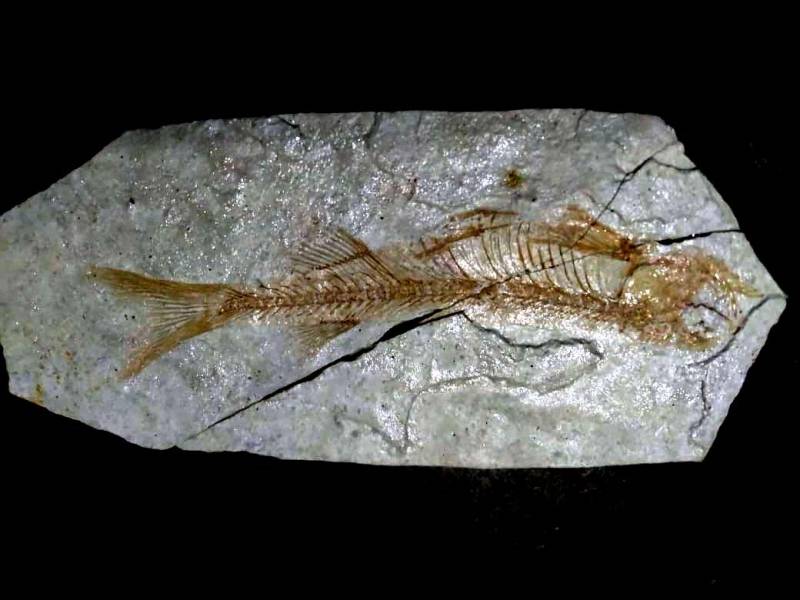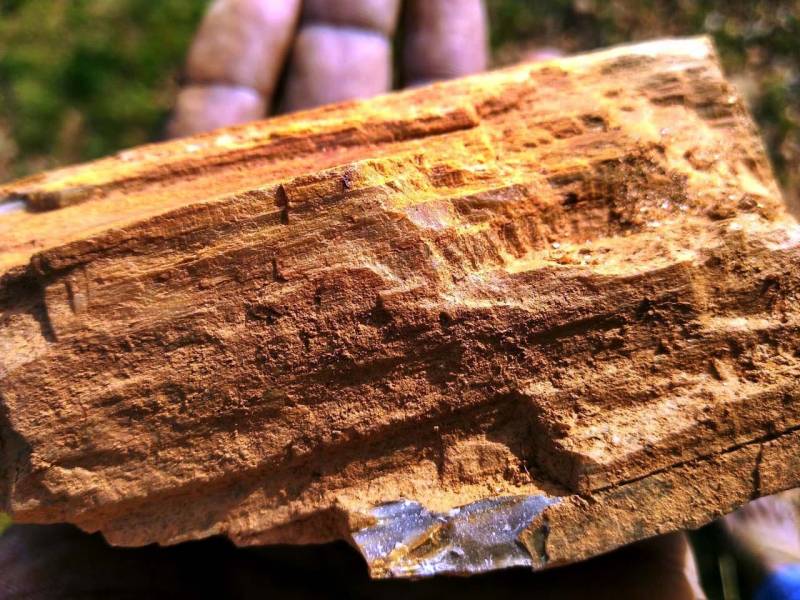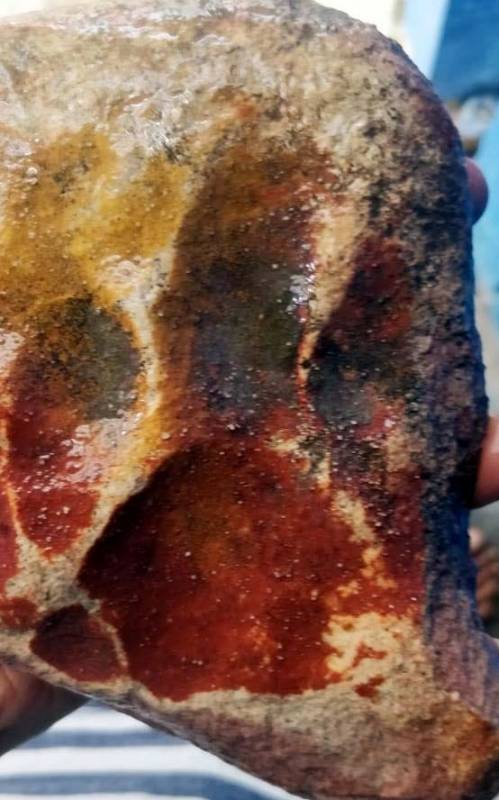How fossil research is vital to understanding Telangana
By Anurag Mallick
Hyderabad: Fossils are the remains or impressions of plant or animal on a rock and preserved in petrified form. We commonly know it as bones from prehistoric periods, as is usually shown in popular culture. Fossils help understand history in an impressionable method, and are especially essential thanks to the DNA remains that are generally associated with them.
Scientists investigate the way fossils form and the importance of its evolution. The age of a fossil and its geographical location points to a larger historical narrative that helps shape knowledge of our past. In essence, the study of fossils, and most importantly, its presence is vital to historians, palaeontologists, archaeologists and many others.
Experts rely on radiometric dating to date and thus categorise fossils. It helps create a timeline enabling the formation of the socio-historical narrative. For example, the presence of an antique fossil (40 million to 35o million years old) helps scientists understand the type of life in a particular location by the nature of the fossil. There are many ways by which fossils are formed — permineralisation, authigenic mineralisation, recrystallisation, and bioimmuration.

Scientists have prepared an index for the available fossils, and they can be found in various sizes — from a small microorganism to dinosaurs and large trees. Fossils of leaves and their prints are known as impression fossils. These are mostly found in river deltas, in potteries, mangroves, and can be stored naturally. One can find these fossils in clay, slate and volcanic ash as well.
Fossil study in Telangana is not up to the mark yet, but researchers have found considerable information from whatever they were able to collect from the state. Many experts have opined that there was a strait from Bangalakhaatam to Vemanpally. Researchers have found precipitated minerals in the sand ore at the banks of the rivers. Experts have found similar examples in Kolkata.

Samudrala Sunil, a passionate researcher of history and fossils, has been continuously trying to highlight the importance of Telangana’s Mancherial district. The latter has sedimentary rocks, layered slate, and grounds with clay that are important to the state’s geological history. Sunil has already collected fossil fragments of dinosaurs and has found new places with fossil bases.
He has discovered various impression fossils, which are considered extremely valuable. Palaeobotanists mention that such fossils belong to the Glossopteris category, and studies are ongoing to understand what plant species are in the impressions. It could highlight and point to the history of flora and fauna of the state.
Sunil has also found fossils in Chinnur, and Kotapally dates around 100 million years old. He has also found fossils of creatures as well. The fish mould fossil at the NTPC area of Ramagundam is one-of-a-kind discovery. This fossil is precious to research, as it dates between six million and 120 million years. These fossils have written new pages in Telangana’s fossil research as well as the state’s history.